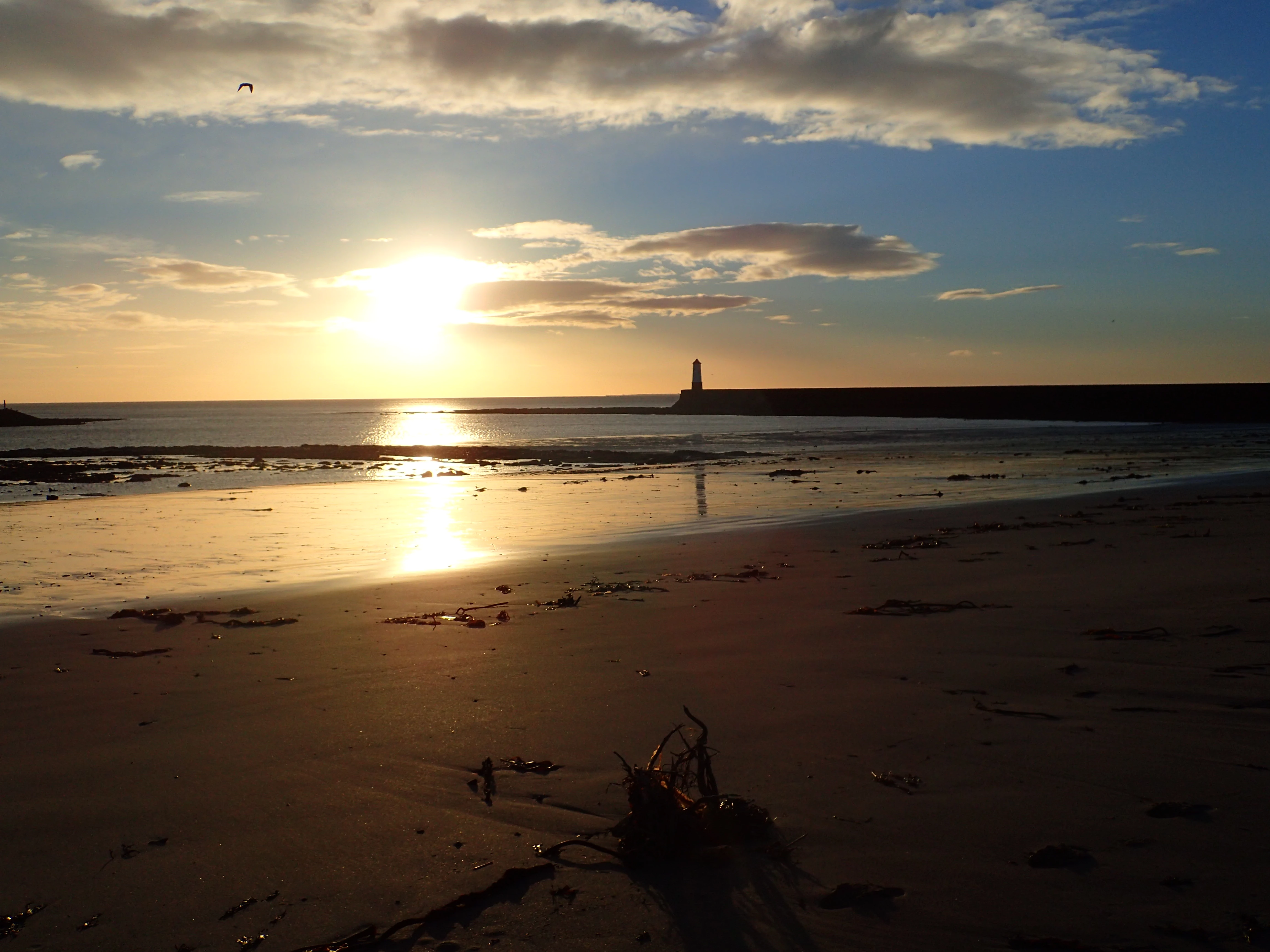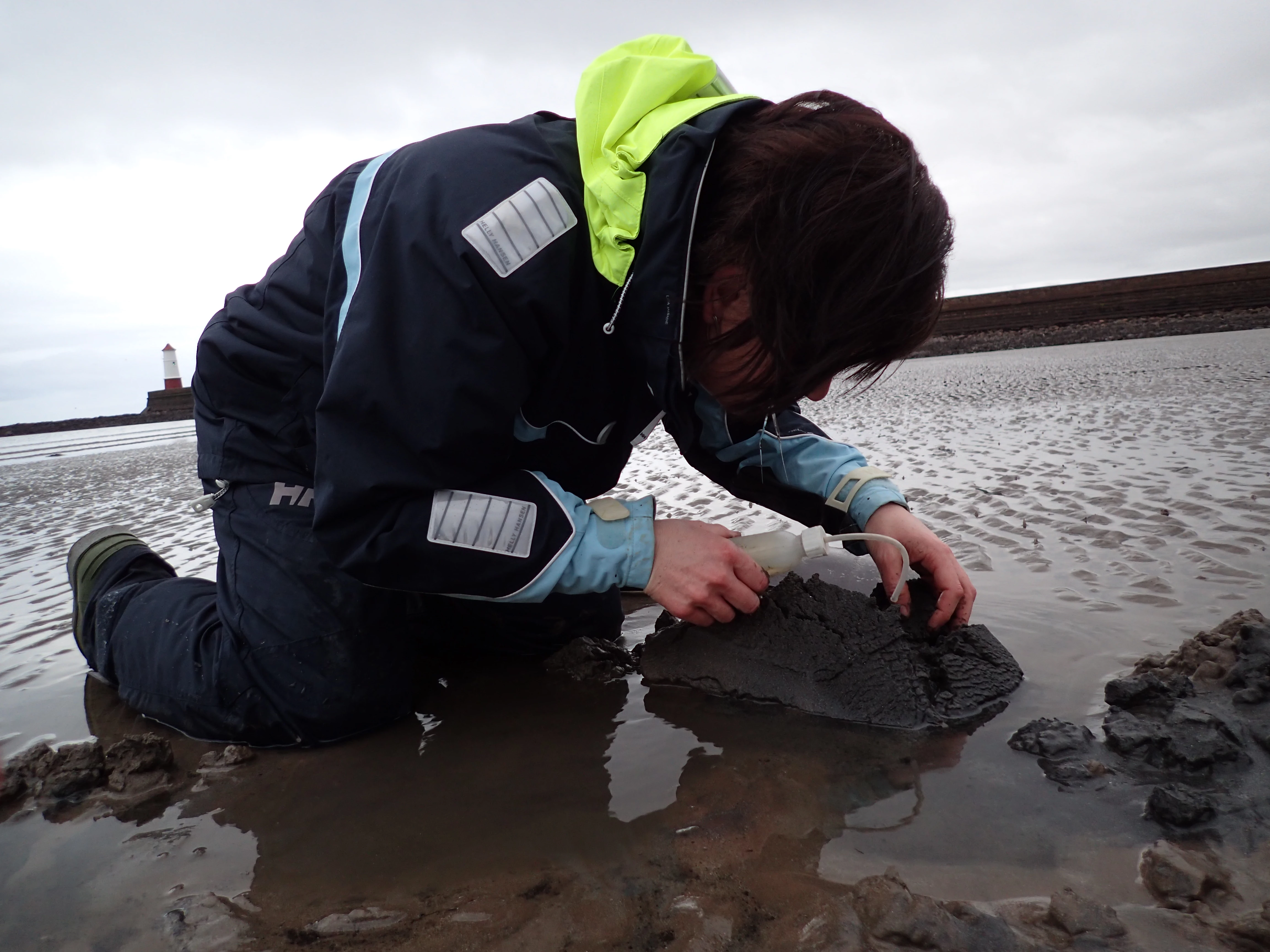Northumberland’s Sea Life
, 24 February 2015
The Marine Section at National Museum Cardiff have studied the shores around Berwick-upon-Tweed for several years now, concentrating on the marine bristleworms living in the muddy sand and the rocky outcrops of this beautiful beach. This is an historic beach for these fascinating creatures as several species were first described from this locality by Dr George Johnston (1797 – 1855), a Scottish physician and naturalist who studied the fauna and flora of the area. One of the most abundant types of bristleworms found there are shovelhead worms, beautiful creatures that use their flattened heads to dig in the sand and feed using two long feeding tentacles. Staff at the museum specialize in this group and hence Berwick-upon-Tweed is an important site for their research. Hence, I “set sail” to the shores of Northumberland again to collect more samples both for our research and the museum’s natural history collections. One of our current focuses is to understand how these animals feed, breed, burrow and behave and our latest findings have recently been published in the proceedings of the 11th International Polychaete Conference.
On this trip, I was joined by fellow science curator Kath Slade from the Botany section, who specializes in seaweeds. This allows us to look more holistically at the shore’s ecology, by looking at both the flora and fauna.
We will keep you posted with updates about what we have discovered.


